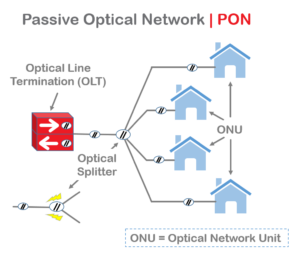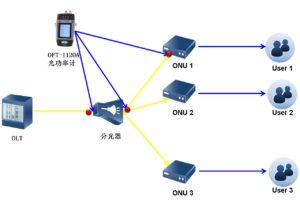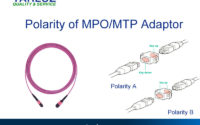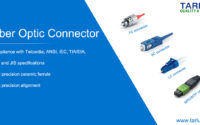PON Network: the Differences of GPON and EPON
With the development of technology, more and more equipment manufacturers and operators have turned their attention to optical network access technology. Copper prices continue to rise, cable prices continue to decline, and the growing demand for IPTV and video game services is driving the growth of FTTH. The beautiful prospect of replacing the copper cable and the wired coaxial cable by the optical cable, the telephone, the cable TV, and the broadband data triple play becomes clear. So what is the differnences between GPON and EPON? And how to choose them in differnent sotuation?
PON Network
PON (Passive Optical Network) passive optical network is the main technology for implementing FTTH. It provides point-to-multipoint fiber access. It consists of the OLT (optical line terminal) on the office side and the ONU (optical network unit) on the user side. ) and ODN (Optical Distribution Network). Generally, the downlink adopts the TDM broadcast mode and the uplink adopts the TDMA (Time Division Multiple Access) mode to form a point-to-multipoint tree topology. The biggest highlight of PON as optical access technology is “passive”. The ODN does not contain any active electronic devices and electronic power supplies. All of them are composed of passive components such as splitters, which have low management and operation costs.
GPON is a new generation broadband passive optical integrated access standard based on ITU-TG.984.x standard. It has many advantages such as high bandwidth, high efficiency, large coverage and rich user interface.
EPON is an Ethernet-based PON technology. It uses a point-to-multipoint architecture, passive optical fiber transmission, and provides multiple services over Ethernet. The standard combines Ethernet and PON technologies, uses PON technology in the physical layer, uses the Ethernet protocol in the data link layer, and implements Ethernet access using the PON topology. Therefore, it combines the advantages of PON technology and Ethernet technology: low cost, high bandwidth, scalability, compatibility with existing Ethernet, easy management, etc.

Differences between GPON and EPON
Transmission Rate
GPON and EPON are two typical optical passive networks. They are short-distance optical cables and are mainly used for network transmission in urban areas. The biggest difference between the two is that the download and uplink communication protocols are different. GPON supports multiple rates, supporting uplink and downlink asymmetric rates, 2.5Gbps or 1.25Gbps downstream, and 1.25Gbps or 622Mbps upstream. EPON provides fixed uplink and downlink 1.25Gbps, and the actual rate is 1Gbps. GPON has a larger bandwidth than EPON.
Split Ratio
The EPON standard defines a split ratio of 1:32.
The GPON standard defines the split ratio as follows: 1:32; 1:64; 1:128. Technically, EPON systems can also achieve higher split ratios, such as 1:64, 1:128, and EPON control protocols can support more ONUs. The split ratio is mainly limited by the performance specifications of the optical module, and the large split ratio will cause the optical module cost to rise significantly. GPON offers multiple options, but the cost considerations are not obvious. Maximum transmission distance The maximum physical distance that the GPON system can support. When the optical split ratio is 1:16, the maximum physical distance of 20km should be supported. When the optical split ratio is 1:32, the maximum physical distance of 10km should be supported. EPON is the same as this, and is considered to be equal in general.

How to Choose GPON and EPON?
EPON and GPON have their own advantages. GPON is better than EPON in terms of performance indicators. However, EPON has the advantage of time and cost. GPON is catching up. Looking forward to the future broadband access market may not be a replacement, it should be complementary. For bandwidth, multi-service, high QoS and security requirements, and ATM technology as a backbone customer, GPON will be more suitable. For customers with cost-sensitive, QoS and security requirements, EPON has become the dominant. TARLUZ are highly focues on the data center and FTTH solution.


